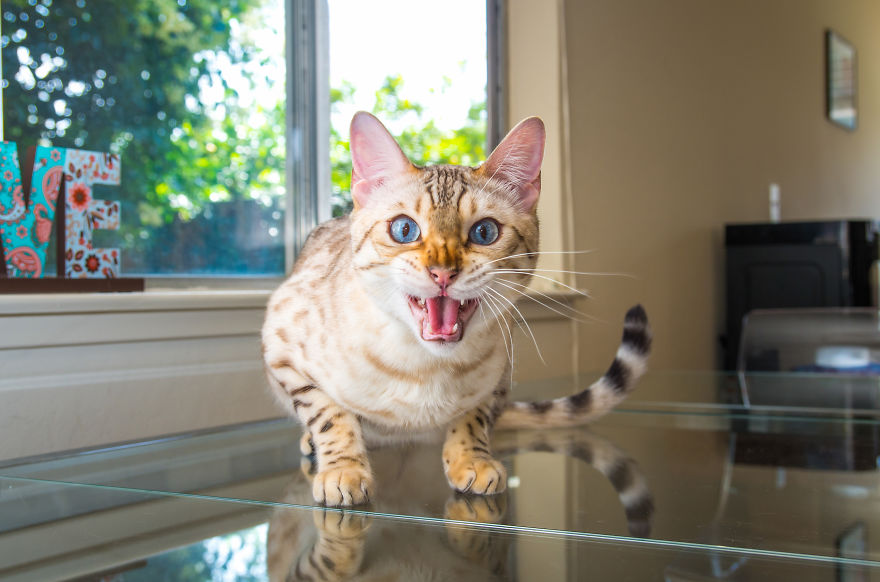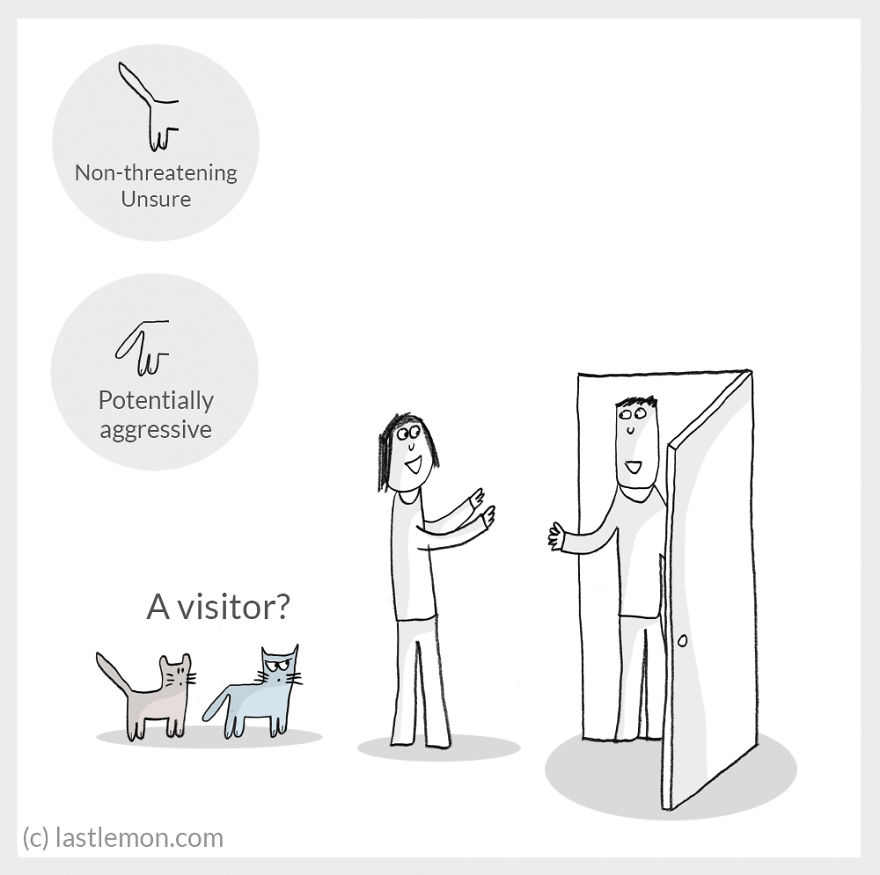

And a big part of that personality is conveyed through their tails.Ĭats use their tails to communicate a variety of emotions and intentions. If you’ve ever been around a cat, you know that they have a lot of personality. Expressive Tails: How Cats Convey Emotions and Intentions This is often seen when a cat is relaxing or sleeping. This can be due to something as simple as a new toy or as dramatic as a cat in the midst of a fight.Ī tail that’s up and curled usually indicates a content cat. This is often accompanied by other signs of aggression, such as hissing or spitting.Ī tail that’s swishing back and forth usually means a cat is excited or agitated. If a cat’s tail is quivering, it means they’re agitated or even angry. This can be due to something as innocuous as a change in environment or as serious as a predator lurking nearby. When their tail is held high, it usually means they’re feeling confident and content.Ī low tail usually means a cat is feeling insecure or scared. Here are some common tail movements and their meanings: Cat tails are like living, breathing barometers, informing us of their emotional state in any given moment. When it comes to decoding cat body language, pay close attention to their tails. A Tale of Tails: Decoding Cat Body Language Through Tail Movements Knowing what each tail movement means can help you better understand your cat and better communicate with it. When a cat’s tail is down, it’s usually a sign that the cat is submissive and is trying to avoid a confrontation.

When a cat’s tail is straight up in the air, it’s usually a sign that the cat is dominant and is trying to assert its dominance. The tail can also be used as a way to communicate with other cats. A wagging tail usually means that the cat is happy, but it can also mean that the cat is aggressive. When a cat twitches its tail, it’s usually a sign that it’s agitated or angry. Different tail movements can mean different things, so it’s important to know what each one means. When a cat wags its tail, it’s not always a sign of happiness. Tail as a Mood Indicator: Learning to Read and Respond to Your Cat’s Tail Cues.Tucked-In Tail: Unveiling Submissive and Anxious Cat Postures.Wagging and Twitching: Exploring Playfulness and Curiosity in Cats.Puffed-Up Tail: Understanding Fear, Aggression, and Defensive Behaviors.Tail Upright and Quivering: Signs of Feline Excitement and Anticipation.Expressive Tails: How Cats Convey Emotions and Intentions.A Tale of Tails: Decoding Cat Body Language Through Tail Movements.


 0 kommentar(er)
0 kommentar(er)
